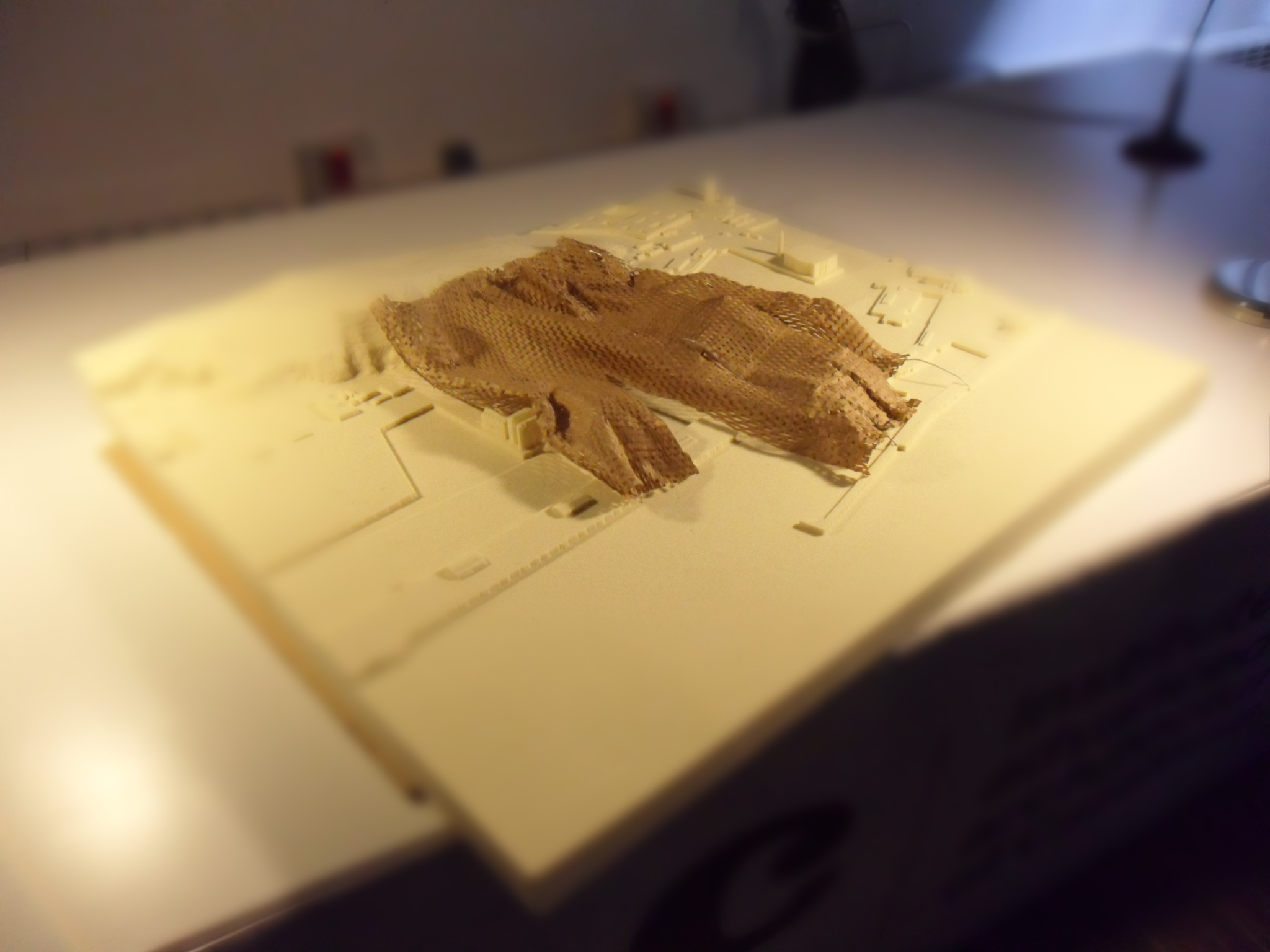The current agenda is a take on the notion of juxtaposition; a nomadic town on the aquatic landscapes of the Mediterranean sea by the port of Barcelona that expands and dilates standard urban protocols over an entire site, in this case being the open sea. Anchored at the Llobregat delta by the port, it focuses on the notions of autonomy, public ownership, and a dynamic process of formation, using the potential of the sea itself as a deployment environment in which salt is the key ingredient.
Construction is based on a fast setting process. Using the latent technologies in digitally-controlled construction and fabrication, these constructions take place in basins, in which a highly concentrated brine solution is injected into. A mesh is placed in the shape of the desired cast and iron rods are charged with a minor amount of electricity further accelerating the final growth stage till first transport.


